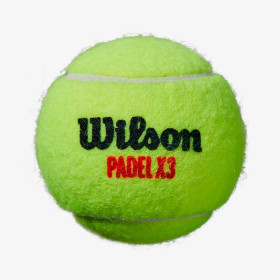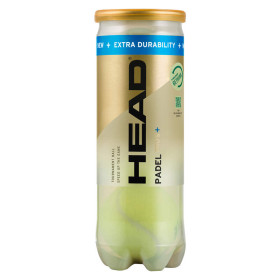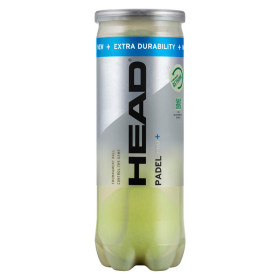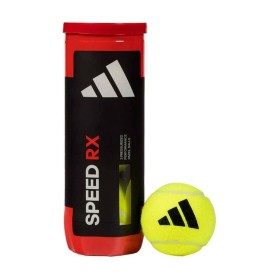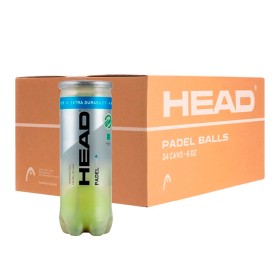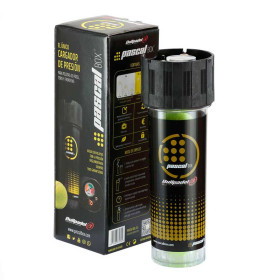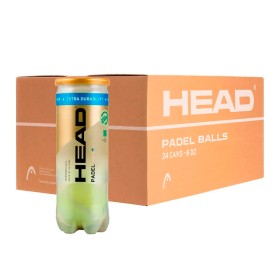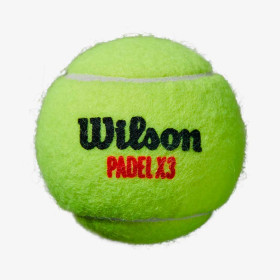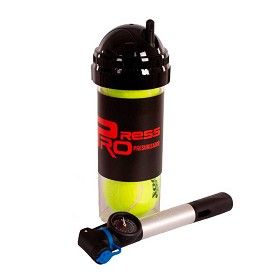Your cart
There are no items in your cart
Padel Balls
We have the best variety in Balls for Padel at the best price on the market. We have Padel balls for all ages and different levels of experience. The balls for padel are positioned as one of the best options. It only remains to choose your favorite racket and that best suits what your level of paddle needs.




